7 Kitchen Items You Didn't Know Are Filthy With Germs
...and the seven ways to clean them.
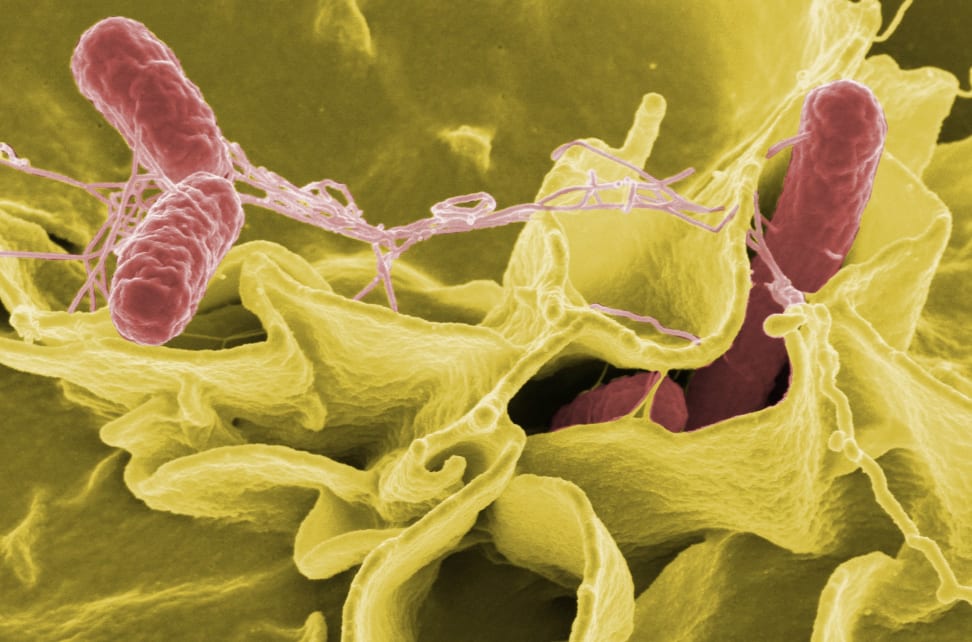 Credit:
Credit:
Products are chosen independently by our editors. Purchases made through our links may earn us a commission.
Your kitchen is swarming with nasty germs that want nothing but to infect you. Well, that’s not exactly true. “Want” isn't something that applies to microscopic organisms, but they’re dangerous nonetheless.
What’s troubling is that some of the filthiest items in your kitchen are the ones you'd least expect. Sure, the floor is dirty, as is the sink drain and your fridge’s crisper drawer. But what about... your knife block? Yes, that’s actually one of the dirtiest items in your entire home—not just the kitchen.
So let's take a closer look at those neglected bacterial breeding grounds, and rain down upon them with elbow grease and strong alkalis.
Knobs, Dials, and Handles
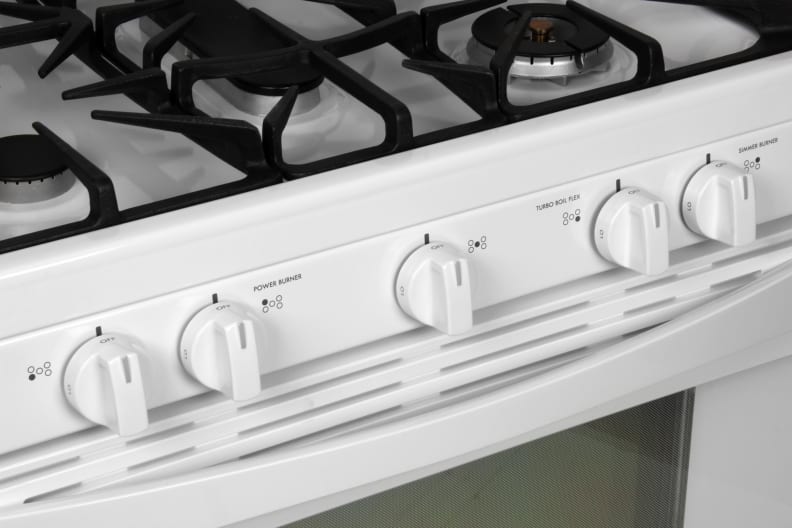
Most filthy kitchen items get that way because people just forget about them. The knobs, dials, and handles on your kitchen appliances are a perfect example. Oven handles in particular tend to attract oil and grease, which creates a fertile home for passing germs.
Think about how filthy your own hands get when you cook. You might be handling raw meat or fresh vegetables, then set it down to grab something from the fridge. It’s no wonder that some studies have shown cross-contamination of different sites in the kitchen contributes to food-related infections.
Be sure to use antimicrobial cleaning solutions on these surfaces. In the toughest spots, use bristled cleaning sponges and steel wool to remove oil deposits.
Knife Blocks
You may clean your knives rigorously, but the dark, damp crevices in which they live can be total cesspools. How is anyone supposed to clean such an inaccessible area? Well, there are a few ways.
First, you probably want to use some compressed air to blow out any wood residue and buildup, then flip it over a trash bin to remove the loose debris. You can then take a pipe scrubber (or some other thin cleaning tool), douse it an antimicrobial cleaner, and scrub the interior of the knife block. Voila!
Can Openers
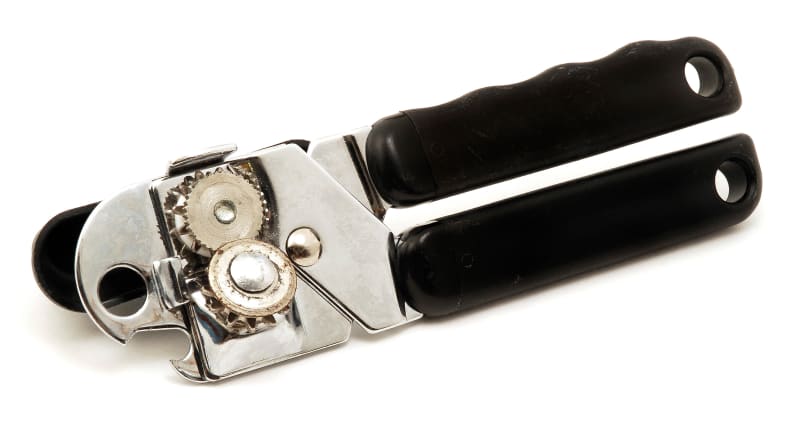
Another common kitchen item you wouldn’t think of as a culprit for infestation, can openers aren’t cleaned as often as other kitchen utensils—or at least not as thoroughly. The problem is that most people use them to pop open a can, and then toss the utensils back into the drawer. This is a big no-no.
Can openers are exposed to food every time they open a can, and that food quickly turns rancid if not cleaned. Worse yet, the opener can contaminate other items in the drawer. The solution is simple: Just toss your can openers back in the wash every time you use them, just as you would a fork or spatula.
Dish Sponges

The dish sponge is not only the filthiest item in your kitchen—it’s the nastiest, grossest, most germ-infested thing in your entire home.
A recent study found your average kitchen sponge contains roughly 10 million bacteria per square inch, making it 200,000 times dirtier than your toilet seat. Mythbusters also tackled this subject in a popular episode, concurring that sponges are indeed super duper gross.
There are number of solutions. One popular remedy suggest you simply microwave your sponge for two minutes; it's been shown to kill more than 99 percent of germs. You could also run the sponge through the dishwasher, but you’ll need to do this frequently. But the truth is, sponges are cheap, so you should simply replace them frequently.
Cutting Boards
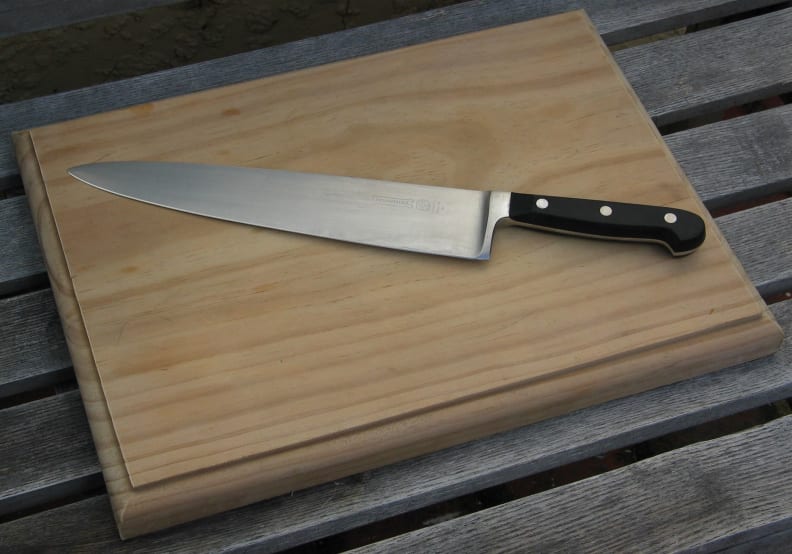
Credit: Wikimedia Commons, "Donovan Govan" (CC BY-SA 3.0)
Wooden cutting boards in particular can be happy homes for germs. That’s because they have extremely porous surfaces that serve as defensive fortresses for bacteria.
Furthermore, many tend to store their cutting boards horizontally, which allows moisture to accumulate, seep into the wood, and further infect the board. This is especially problematic if you use your cutting boards for slicing up raw meat. Salmonella, e. coli, and other pathogens that live in raw poultry or pork are not to be trifled with.
To prevent infection, be sure to wash your cutting boards not just after, but also before using them. Use a stiff, bristled scrubber to reach those microscopic crevices in the wood. A best practice would be to own two cutting boards—a less porous one (like polypropylene) to use with raw meat, and a wooden board for everything else. Finally, always store your cutting boards vertically, on their side.
Faucets

Credit: Wikimedia Commons, "Ángelo González" (CC BY 2.0)
You don’t often think to clean the faucet itself, but think about it: It never dries out, and that makes it a veritable all-you-can-eat buffet for germs.
To keep it clean, it's good practice to remove the aerator and douse it in a solution of water and white vinegar. Use that same solution to wipe around the faucet spout. You can use other antimicrobial cleaning solutions to do the same—just be sure to properly rinse out the cleaner before you take a sip of water from the sink.
Towels
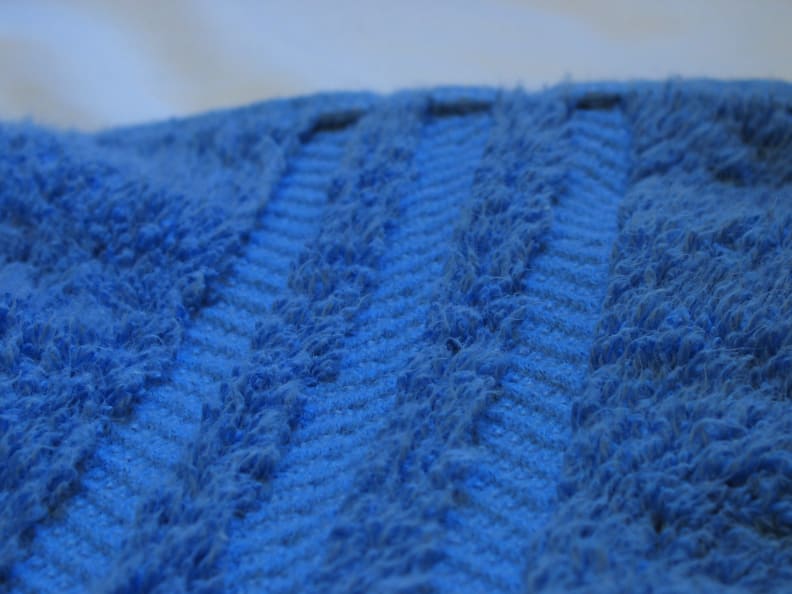
Dish towels get dirty really quickly, what with all that dish-drying and subsequent lying around. The lingering moisture becomes an oasis for germs, and those same germs can get passed to your kitchenware the next time you dry a load of dishes.
Once again, the solution here is pretty simple: Make sure you frequently send your towels through the wash. Any time you run a load of laundry, throw in as many of your dish towels as possible. The long-term effect on the cleanliness of your kitchen is worth it.
